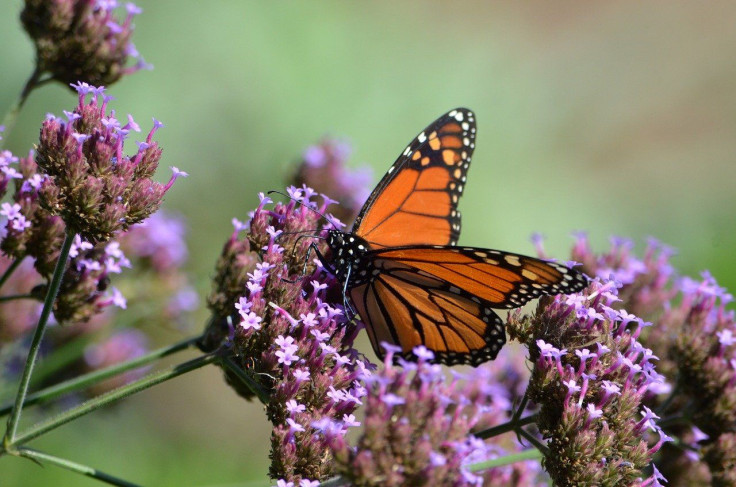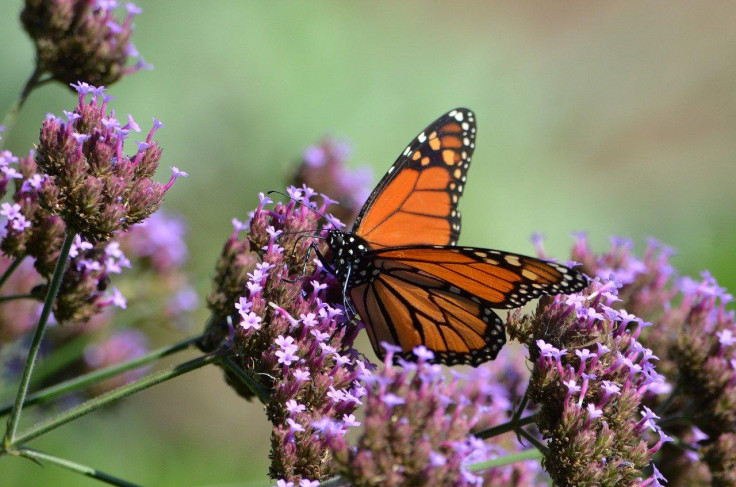Butterflies 'Scratch,' Feed On Caterpillars Of Their Own Species: Study

Butterflies are beautiful but a team of researchers observed for the first time that their behavior could be brutal. It turns out some adults feed on live young caterpillars from their own species.
Milkweed butterflies refer to groups of butterflies in the brush-footed butterfly family. Some of its more well-known members are the monarch butterfly and the queen butterfly that live in temperate regions.
Although most people think of butterflies as gentle creatures that feed on nectar, a team of researchers has found that milkweed butterflies have the tendency to "harass, subdue" and feed on live caterpillars of other milkweed butterflies, the University of Sydney noted in a news release. In other words, they cannibalize their young.
Chemicals For Self-Defense
Typically, caterpillars feed on toxic plants and use the chemicals they obtain so that they will be unpalatable to predators, the university noted. Later on, when they turn into butterflies, they manifest this defense mechanism through their bright colors.
Apart from being a means to evade predators, male butterflies also produce "mating pheromones" with the help of these chemicals and these pheromones are rather like "nuptial gifts" to the females in the courtship process.
To get more of the chemicals, butterflies engage in what is known as "leaf-scratching," wherein they scratch plants that contain the chemicals using the claws at the end of their legs then consume the juices using their proboscis.
However, in 2019, researchers noticed that the milkweed butterflies on the coastal forest of North Sulawesi were not just scratching the leaves, but live and dead caterpillars as well, then "imbibing" their juices.
Kleptopharmacophagy
"Caterpillars are essentially bags of macerated leaves; the same leaves that contain these potent chemicals the milkweed butterflies seek out. To adult butterflies, they may simply be an alternative source of chemicals on which to feed," said Yi-Kai Tea, Ph.D. candidate at the University of Sydney and lead author of their study published in "Ecology."
Although milkweed butterflies have previously been observed to feed on the carcass of other insects with the chemicals, this marks the first time that they were reported to do it to living creatures in the same order, the university noted. Further, while the scratching at live caterpillars had "never" been reported before, it's also not clear if the caterpillars died because of it.
"This is the first time the behavior has been reported," Tea said. "The behavior does not fit neatly in the traditional modes of predation, parasitism, or mutualism, and so presents a new challenge to evolutionary theory," he added.
As such, the researchers dubbed the behavior "kleptopharmacophagy" to mean "chemical theft for consumption."
As for why they do it, the researchers surmise that it may be to add to their mating pheromones.
"These simple observations raise questions about the ecology of these well-known butterflies, providing numerous opportunities for future studies," Tea said. "For example, which exact compounds are these butterflies interested in? Does this behavior occur elsewhere in the world?" he added.

Photo: Pixabay






